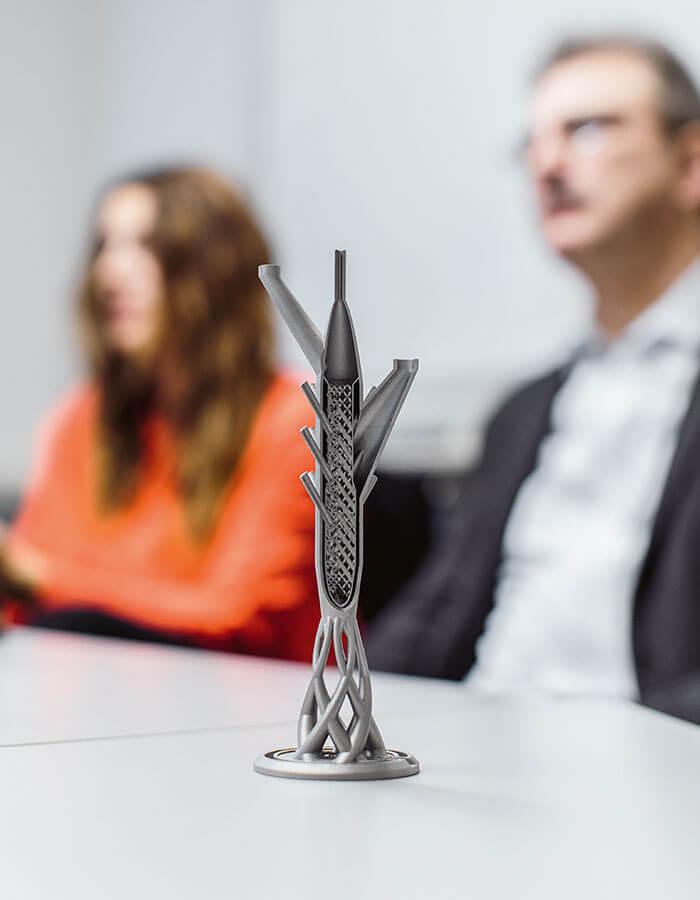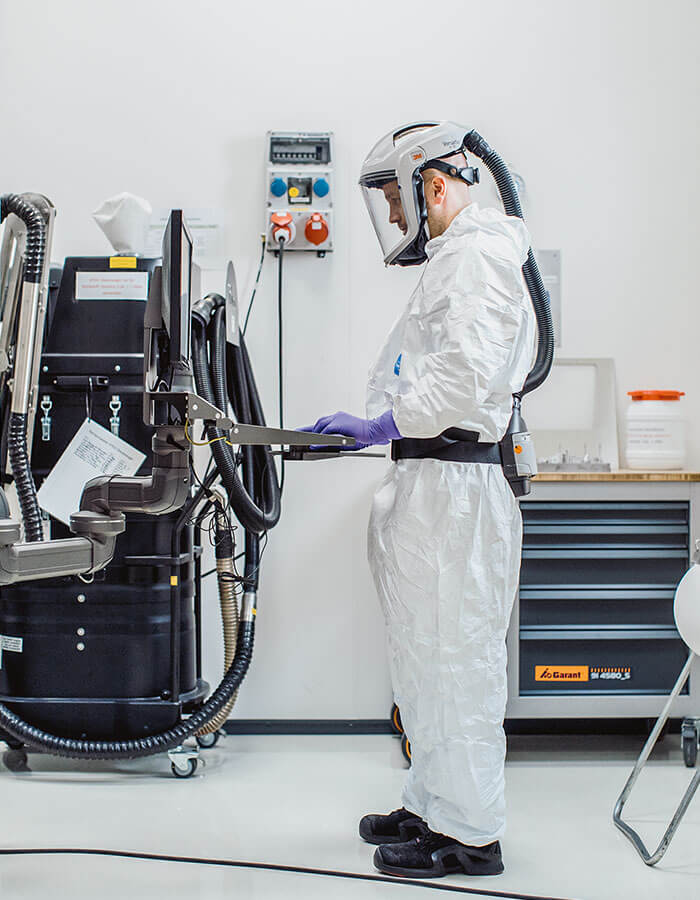
Bioprinting
Improving patients’ quality of life
Wai Yee Yeong talks about the potential benefits of bioprinting for medicine.

Additive manufacturing
3D printing now in series production
How Evonik is shaping the growing market for 3D printing and promoting the development of future-oriented technologies.

Additive manufacturing
3D printing: Facts and figures
Overview: global demand, most used materials and key players.

Plastic
Implants from the 3D printer
Evonik is investing in the Chinese 3D printing specialist Meditool.
ELEMENTS-Newsletter
Get fascinating insights into the research Evonik is conducting, and its social relevance, by subscribing to our free newsletter.





